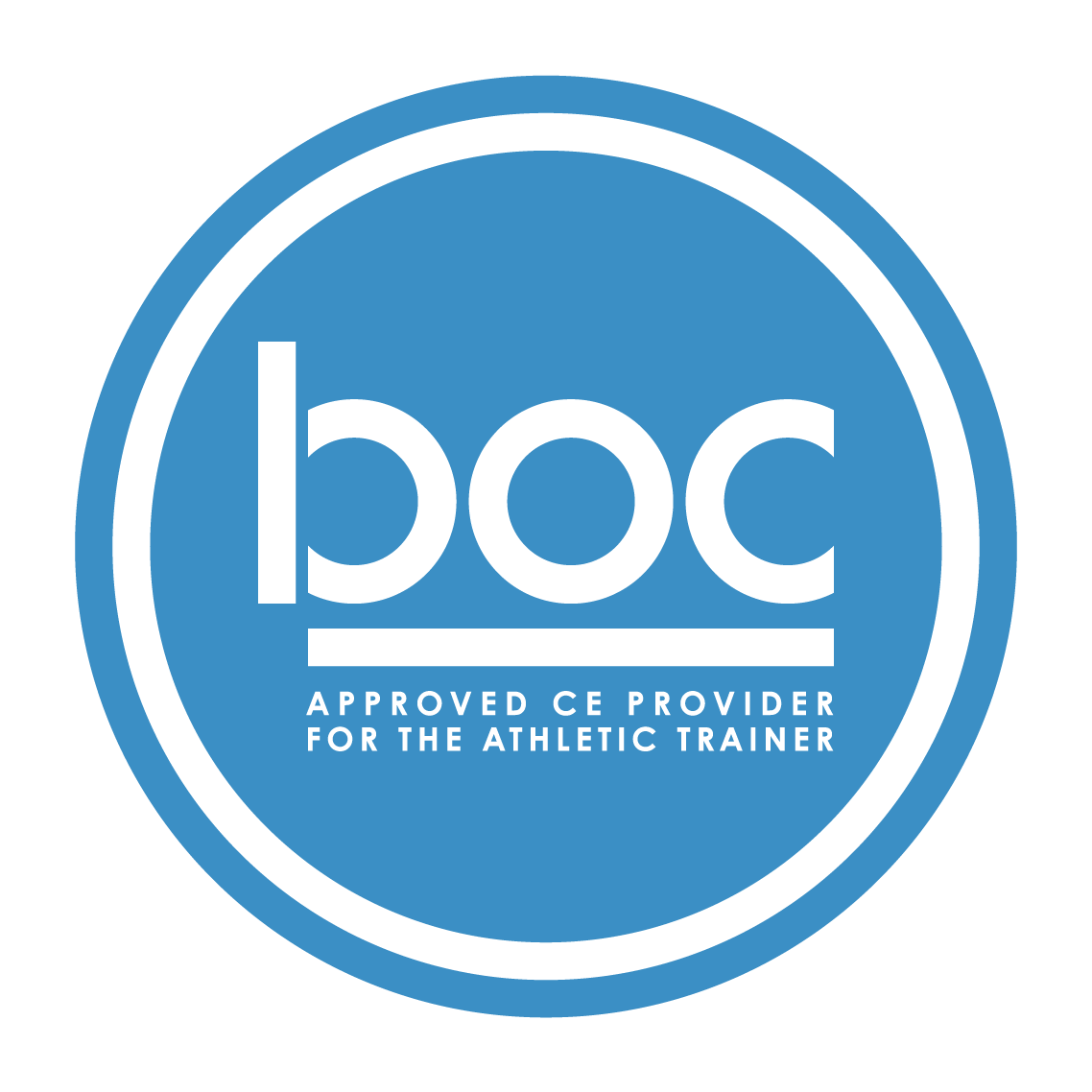- Home
- Sports Safety Minute
Sports Safety Minute
How to Ensure When it's Safe to Play in the Heat

Check out this video on how we use WBGT to determine when it's safe to play.
IMPORTANT LINKS:
- Check Out Our Other Video On Heat Illness Prevention and Treatment
- Acclimatizing to the heat
- Treating Exertional Heat Stroke
- Heat Exhaustion Information
- Heat Syncope Information
- Heat Cramps Information
During the summer months, and even those abnormally warm days in the spring or fall, one should always be on the lookout for the warning signs of exertional heat illness. While less serious heat illnesses (such as heat cramps) aren't considered life-threatening, the onset of more serious or life-threatening illnesses can occur quickly, so don't overlook anyone showing signs of struggling in the heat.
In the case of exertional heat stroke, time is of the essence. In this case, cooling the person to bring their core body temperature back towards normal takes priority over getting them to a hospital. Immediately work to cool the person before you call 911 or other emergency services. Remove any equipment or excess clothing, then immerse them in a cooling tub with ice water and stir to help circulate cold water and cool the person. Once the person is being actively cooled, then call 911. People who are cooled in this manner within 30 minutes (?) of symptom onset have an excellent chance of survival. If you put plans in place for emergency cooling in your emergency action plan, you will be protecting future athletes from heat illness, possibly even saving a life.

If Exertional Heat Stroke is suspected, cold water immersion is the best way to bring their core temperature back down. Remember
- cool first, transport second!

Gradually increasing activity levels over 10-14 days in the heat can help you safely prepare for those pre-season practices this fall.









